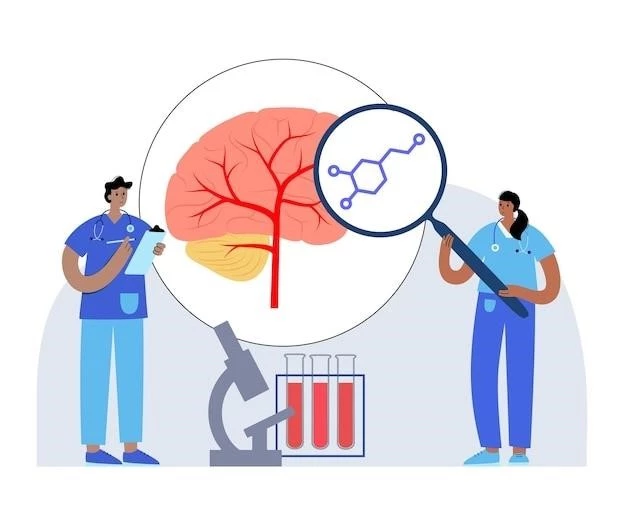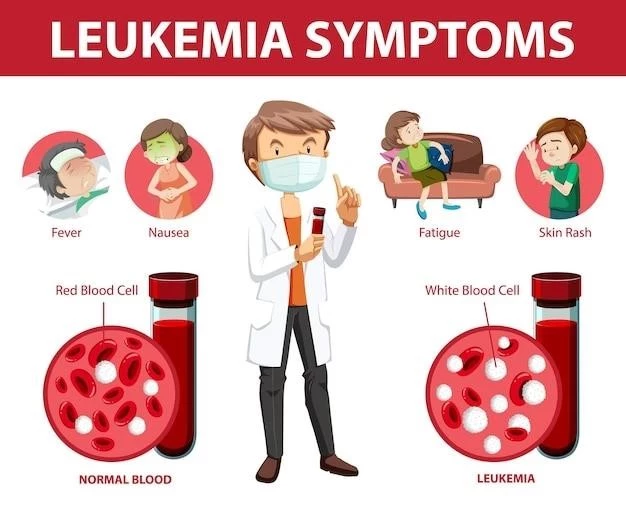Febrile ulceronecrotic Mucha-Habermann disease (FUMHD) is a rare and potentially fatal multisystem inflammatory disease that resembles pityriasis lichenoides et varioliformis acuta (PLEVA).
Febrile ulceronecrotic Mucha-Habermann disease (FUMHD) is a rare and potentially fatal multisystem inflammatory disease. It is often referred to as a severe subtype of Pityriasis Lichenoides Et Varioliformis Acuta (PLEVA)‚ characterized by necrotic ulcers‚ fever‚ and systemic involvement. The histopathology of FUMHD closely resembles PLEVA‚ with both conditions showing overlapping features but FUMHD representing the most severe end of the spectrum.
Definition and Background
Febrile ulceronecrotic Mucha-Habermann disease (FUMHD) is a rare multisystem inflammatory disorder closely related to Pityriasis Lichenoides Et Varioliformis Acuta (PLEVA). It represents the severe end of the clinical spectrum.
Febrile ulceronecrotic Mucha-Habermann disease presents with skin lesions that rapidly progress from scaly papules and blisters to necrotic ulcers. The rash is often characterized by its destructive nature‚ with potential involvement of mucosal surfaces. Understanding these distinct skin manifestations is crucial for accurate diagnosis and prompt management of this severe condition.
Systemic Involvement and Complications
Febrile ulceronecrotic Mucha-Habermann disease can lead to potentially life-threatening systemic complications‚ affecting multiple organ systems. These complications may include pulmonary‚ gastrointestinal‚ central nervous system‚ cardiac‚ hematologic‚ and rheumatologic symptoms‚ highlighting the need for comprehensive management strategies to address the broad spectrum of involvement.
Skin Lesions and Rash Characteristics
Febrile ulceronecrotic Mucha-Habermann disease presents with rapidly progressing skin lesions that evolve from scaly papules to necrotic ulcers‚ potentially involving mucosal surfaces. Understanding these distinct rash characteristics is vital for timely diagnosis and management.
Similarities to Pityriasis Lichenoides Et Varioliformis Acuta (PLEVA)
Febrile ulceronecrotic Mucha-Habermann disease shares histopathological and clinical similarities with Pityriasis Lichenoides Et Varioliformis Acuta (PLEVA)‚ presenting as a severe variant within the disease spectrum. The resemblance in skin lesions and systemic involvement underscores the diagnostic and management challenges this rare condition poses.
Overlapping Conditions and Disease Spectrum
Febrile ulceronecrotic Mucha-Habermann disease falls within the spectrum of pityriasis lichenoides‚ including pityriasis lichenoides et varioliformis acuta (PLEVA) and pityriasis lichenoides chronica. This rare condition represents a severe variant with distinct manifestations‚ requiring specialized diagnostic and therapeutic approaches.
Diagnostic Criteria and Differential Diagnosis
Diagnosing Febrile ulceronecrotic Mucha-Habermann disease involves recognizing key clinical features and differentiating it from other skin disorders with similar presentations. A thorough understanding of the disease’s distinct characteristics is essential for accurate diagnosis and appropriate management.
Key Features for Diagnosis
Diagnosing Febrile ulceronecrotic Mucha-Habermann disease involves recognizing key clinical features that differentiate it from other skin disorders. Understanding the unique characteristics of this disease is essential for accurate diagnosis and effective management.
Distinguishing Mucha–Habermann Disease from Other Skin Disorders
Febrile ulceronecrotic Mucha-Habermann disease must be carefully differentiated from various other skin disorders with similar clinical presentations. The distinct features of this condition‚ such as rapidly evolving necrotic skin lesions and systemic involvement‚ play a crucial role in accurately distinguishing it from other dermatological conditions.

Treatment Approaches for Mucha–Habermann Disease
Current management of Febrile ulceronecrotic Mucha-Habermann disease involves high-dose immunoglobulin therapy and extracorporeal photochemotherapy. These treatment strategies aim to address the severe inflammatory response and systemic complications associated with this rare condition.
Current Management Strategies
Management of Febrile ulceronecrotic Mucha-Habermann disease involves high-dose immunoglobulin therapy and extracorporeal photochemotherapy. These approaches aim to address the severe inflammatory response and systemic complications associated with this rare disease.
Use of High-Dose Immunoglobulin and Extracorporeal Photochemotherapy
In the treatment of Febrile ulceronecrotic Mucha-Habermann disease‚ high-dose immunoglobulin therapy and extracorporeal photochemotherapy are utilized. These therapeutic modalities target the severe inflammatory response and systemic complications associated with this rare and potentially life-threatening disease.
Prognosis and Potential Complications
Febrile ulceronecrotic Mucha-Habermann disease carries a significant mortality rate and can result in long-term post-inflammatory skin changes and scarring. Understanding the prognosis and potential complications is essential for guiding treatment decisions and patient counseling.
Mortality Rate and Long-Term Outlook
Febrile ulceronecrotic Mucha-Habermann disease carries a significant mortality rate and can result in long-term post-inflammatory skin changes and scarring. Understanding the prognosis and potential complications is crucial for patient management and counseling.
Post-Inflammatory Skin Changes and Scarring
Febrile ulceronecrotic Mucha-Habermann disease can lead to post-inflammatory skin changes and scarring. Understanding these long-term effects is crucial in assessing the impact of the disease on the skin and overall well-being of affected individuals.
Research and Advances in Mucha–Habermann Disease
Recent studies on Febrile ulceronecrotic Mucha-Habermann disease pathogenesis have focused on immune response mechanisms and potential triggers‚ contributing to advancements in understanding this rare and severe inflammatory disorder. Investigational treatments aim to explore novel therapeutic approaches that could improve outcomes for affected individuals.
Recent Studies on Disease Pathogenesis
Recent studies on the pathogenesis of Febrile ulceronecrotic Mucha-Habermann disease have focused on immune response mechanisms and potential triggers. These advancements contribute to a better understanding of this rare and severe inflammatory disorder‚ aiding in the development of more targeted treatment approaches.
Investigational Treatments and Therapeutic Developments
Emerging investigational treatments for Febrile ulceronecrotic Mucha-Habermann disease focus on novel therapeutic approaches to address the severe inflammatory response and systemic complications associated with this rare and potentially life-threatening condition. These developments aim to improve patient outcomes and quality of life.
Patient Resources and Support for Mucha–Habermann Disease
Finding reliable information and assistance for Febrile ulceronecrotic Mucha-Habermann disease is crucial for patients and caregivers. Accessing expert centers and specialized care can provide guidance and support in managing this rare and severe inflammatory disorder.
Finding Reliable Information and Assistance
Patients and caregivers seeking information and assistance for Febrile ulceronecrotic Mucha-Habermann disease can benefit from reliable resources. Access to expert centers and specialized care is essential for effective management of this rare and severe inflammatory disorder.
Accessing Expert Centers and Specialist Care
Accessing expert centers and specialized care for Febrile ulceronecrotic Mucha-Habermann disease is essential for optimal management. These centers provide specialized expertise and resources that can help individuals navigate the challenges associated with this rare and severe inflammatory disorder.
Epidemiology and Demographics
Febrile ulceronecrotic Mucha-Habermann disease is a rare and potentially fatal inflammatory disorder. The disease shares similarities with Pityriasis Lichenoides Et Varioliformis Acuta (PLEVA) and falls within the spectrum of pityriasis lichenoides conditions‚ highlighting the need for specialized management approaches.
Incidence Rates and Prevalence Data
Febrile ulceronecrotic Mucha-Habermann disease is a rare inflammatory disorder that can be potentially fatal. It shares similarities with Pityriasis Lichenoides Et Varioliformis Acuta (PLEVA) and falls within the spectrum of pityriasis lichenoides conditions‚ emphasizing the need for specialized management approaches.
Febrile ulceronecrotic Mucha-Habermann disease primarily affects individuals across various age groups‚ with no specific age predilection. Both males and females can be affected by this rare and potentially life-threatening inflammatory disorder; Understanding the demographics of affected individuals is essential for comprehensive management and support.

Etiology and Risk Factors
The exact etiology of Febrile ulceronecrotic Mucha-Habermann disease remains unknown‚ but it may involve immune response mechanisms triggered by various factors. This rare and severe inflammatory disorder is considered a subtype of Pityriasis Lichenoides Et Varioliformis Acuta (PLEVA)‚ emphasizing the need for further research into its underlying causes.
Age and Gender Distribution of Affected Individuals
Febrile ulceronecrotic Mucha-Habermann disease predominantly impacts individuals of all age groups‚ without a specific age pattern. Both males and females can be affected by this rare and potentially life-threatening inflammatory disorder. Understanding the age and gender distribution is crucial for tailored management of affected individuals.
Relationship to Viral Infections and Hypersensitivity Reactions
Febrile ulceronecrotic Mucha-Habermann disease may be associated with viral infections and hypersensitivity reactions‚ triggering immune responses that lead to the development of this severe inflammatory disorder. Understanding these potential triggers is essential for comprehensive management and treatment of the condition.
Historical Perspectives and Notable Figures
The term ″Mucha–Habermann disease″ originated from the names of Rudolf Habermann‚ a German dermatologist‚ and Alphonse Mucha‚ a prominent artist associated with Art Nouveau. Their contributions have influenced the understanding and recognition of this rare and severe inflammatory disorder.
Origin of the Term ″Mucha–Habermann Disease″
The term ″Mucha–Habermann disease″ originated from the names of Rudolf Habermann‚ a German dermatologist‚ and Alphonse Mucha‚ a prominent artist associated with Art Nouveau. Their respective contributions have influenced the recognition and understanding of this rare and severe inflammatory disorder.
Contributions of Rudolf Habermann and Alphonse Mucha
Rudolf Habermann‚ a German dermatologist‚ and Alphonse Mucha‚ a renowned artist associated with Art Nouveau‚ have significantly contributed to the recognition and understanding of Febrile ulceronecrotic Mucha-Habermann disease. Their names are immortalized in the eponym of this rare and severe inflammatory disorder.
